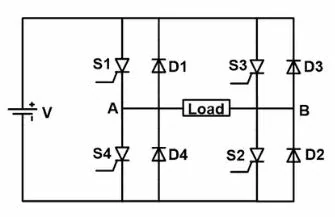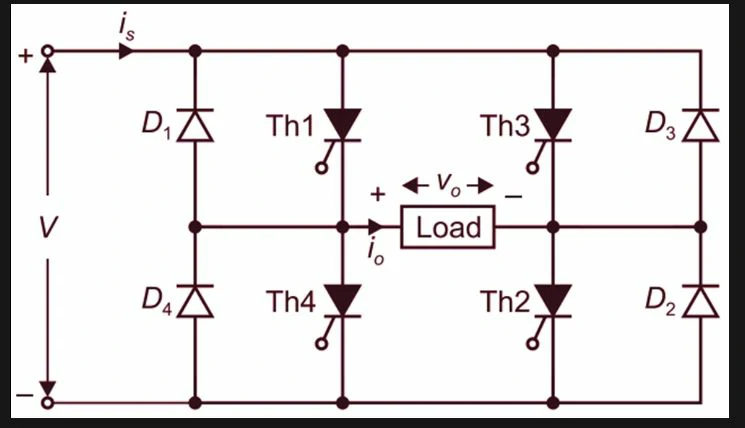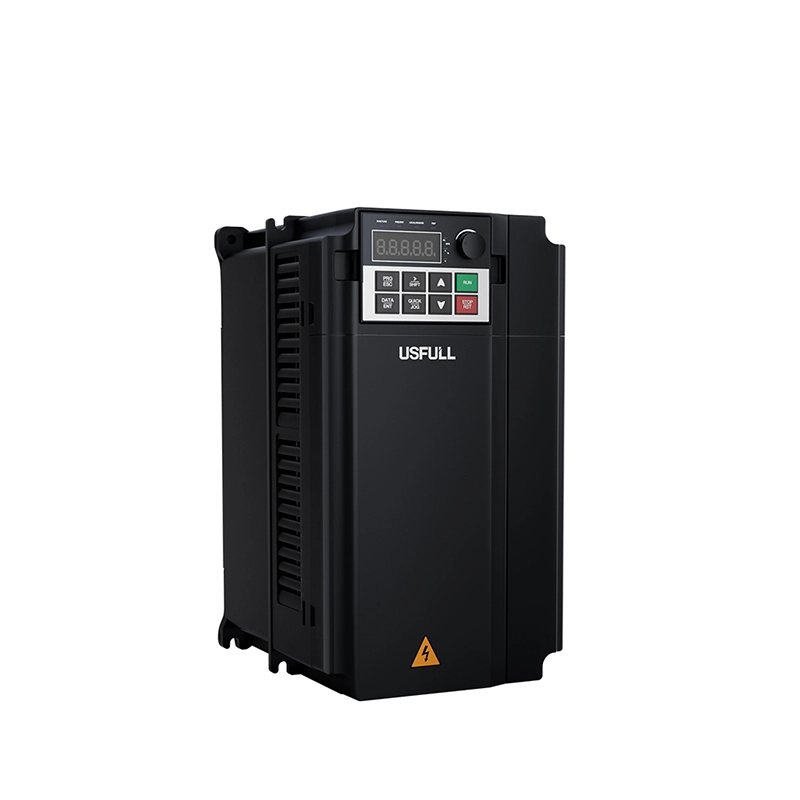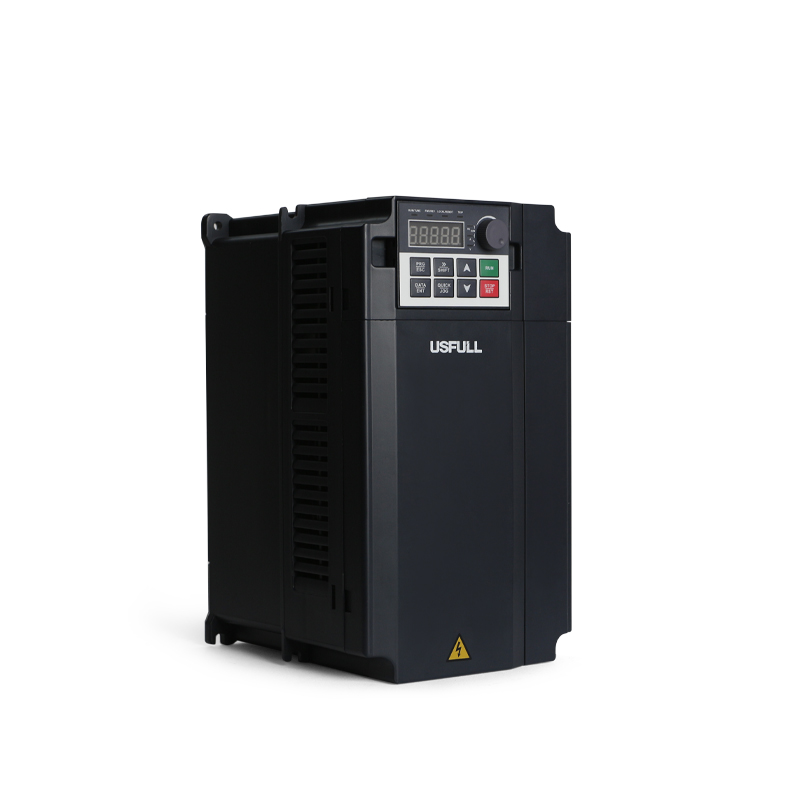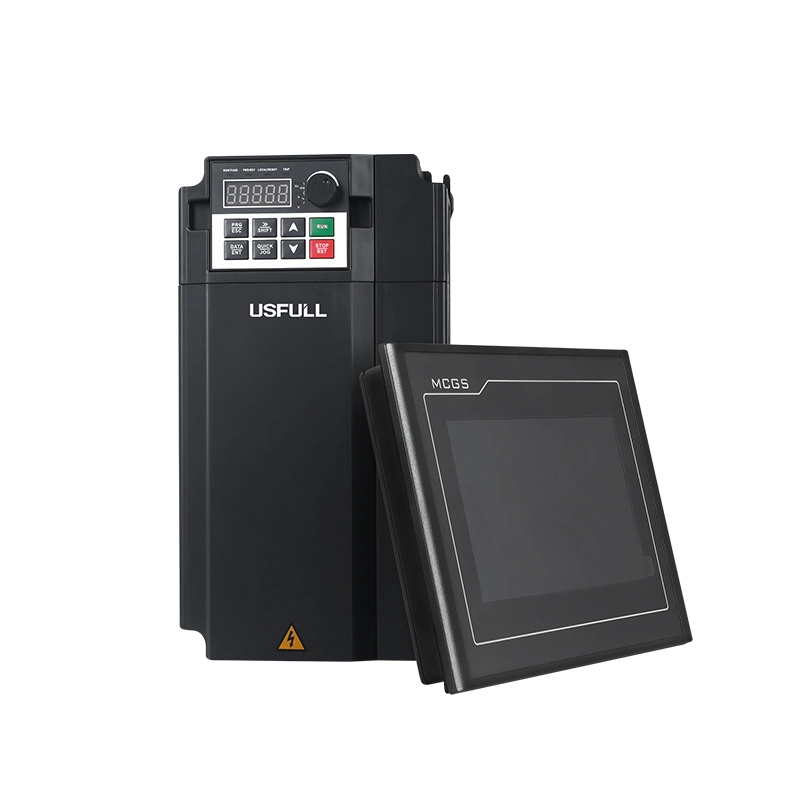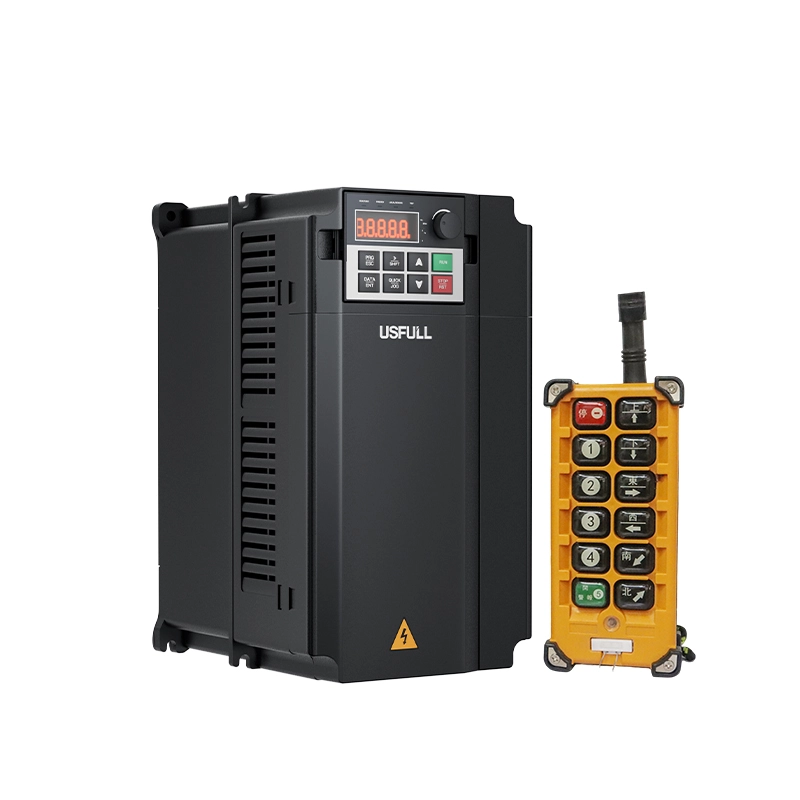Title: Power Inverter vs. Frequency Inverter: Understanding the Key Differences
Meta Description: Discover the distinctions between power inverters and frequency inverters. Learn how these devices, used for electrical energy conversion, vary in functionality, applications, and benefits. Make informed decisions for your energy conversion needs.
Introduction:
In this comprehensive guide, we delve into the contrasting features of power inverters and frequency inverters. By exploring their functionalities, applications, and advantages, you will gain valuable insights into selecting the most suitable device for your specific electrical energy conversion requirements.
Body:
1. Frequency Inverters:
Frequency inverters, also known as variable frequency drives (VFDs), provide precise control over motor speed and torque. By dynamically adjusting the frequency and voltage supplied to the motor, these devices optimize rotational speed, resulting in enhanced performance and energy efficiency. Widely used in industrial sectors, frequency inverters find applications in pumps, fans, conveyors, machine tools, and various other machinery that require controlled speed regulation.
Selecting the switching frequency for an inverter involves considering various factors such as efficiency, cost, size, and electromagnetic interference (EMI). The switching frequency determines how quickly the power switches in the inverter circuitry turn on and off. Higher switching frequencies generally result in smaller and more efficient inverters but may increase EMI.1.1. Types of VFDs:1.1.1 Low-frequency inverter:A low-frequency inverter typically refers to an inverter that operates at frequencies below 60Hz, which is the standard frequency for AC power in many regions. Low-frequency inverters are often used for specific applications such as powering certain types of equipment or appliances.
1.1.2 High-frequency inverter:
A high-frequency inverter operates at frequencies higher than the standard 50Hz or 60Hz. These inverters are commonly used in applications such as switch-mode power supplies, solar inverters, and some motor drives. Higher frequencies enable smaller and more efficient power conversion circuits.
It’s important to note that the specific details and capabilities of frequency inverters can vary depending on the manufacturer and the intended application. Consulting the manufacturer’s documentation or seeking expert advice is recommended for specific information about a particular inverter model.
1.2 Guidelines for selecting the switching frequency:
- Efficiency: Higher switching frequencies can improve the efficiency of the inverter, reducing power losses. However, at very high frequencies, switching losses and other factors can offset the efficiency gains.
- Cost: Higher switching frequencies often require more advanced and expensive components. Therefore, the cost of the inverter may increase with higher frequencies. It’s important to find a balance between cost and performance.
- Size and weight: Higher switching frequencies allow for the use of smaller and lighter components such as capacitors and inductors. This can lead to a more compact and lightweight inverter design.
- Electromagnetic Interference (EMI): Switching at high frequencies can generate more EMI, which can affect other electronic devices or cause interference in communication systems. If EMI is a concern, you may need to limit the switching frequency or incorporate additional EMI filtering techniques.
- To calculate the switching frequency of an inverter, you need to consider the characteristics of the load and the desired performance of the inverter. Some factors to consider include the desired output voltage waveform, the nature of the load (resistive, inductive, capacitive), and the control scheme being used.
2. Power Inverters:
Power inverters are versatile devices that convert direct current (DC) power from sources like batteries, solar panels, or vehicle alternators into alternating current (AC) power. They enable the operation of AC-powered devices and appliances in scenarios where only DC power is available. Power inverters are essential for emergency backup power solutions, off-grid renewable energy systems, and mobile power solutions for recreational vehicles, boats, or trucks.
Figure 2: Power InverterA power inverter is an electronic device that converts DC (direct current) power from a battery or other power source into AC (alternating current) power, which is the type of power used in most household appliances and electronics. It allows you to use devices that require AC power when you don’t have access to a traditional AC power source.2.1 Working of power inverters:A power inverter works by taking the DC power input and passing it through electronic circuits that convert it into AC power. The process involves several stages, including a DC-to-AC conversion, filtering to smooth out the waveform, and voltage regulation to maintain a stable output. The output AC power from the inverter is typically at a frequency of 50 or 60 Hz, depending on the region’s power standard.
2.2 Usage of power inverter:
To use a power inverter, you typically connect it to a DC power source such as a car battery or a separate deep-cycle battery. The inverter is equipped with input terminals or cables that you connect to the positive and negative terminals of the battery. Once the connection is made, you can plug your AC devices into the inverter’s AC outlets to power them.
Power inverters come in various sizes and power ratings, ranging from small inverters that can power a laptop or small electronic devices to larger inverters capable of running power tools, appliances, or even an entire household during a power outage. The size of the power inverter you need depends on the power requirements of the devices you intend to power. You should consider the wattage or current draw of your devices to ensure the inverter can handle the load without overheating or tripping its protective circuits.
2.3 Car power inverter:
It is important to note that using a power inverter with a car battery for extended periods without running the engine can drain the battery’s charge. It is recommended to run the engine periodically to recharge the battery or use a separate deep-cycle battery specifically designed for powering inverters.
While power inverters are commonly used for powering electronics and appliances in cars, trucks, boats, and RVs, they can also be used in off-grid solar power systems, emergency backup power setups, and other applications where access to conventional AC power is limited or unavailable.
Car power inverters work by converting the DC power from your car’s battery or cigarette lighter socket into AC power that can be used to power electronic devices. Here’s how they typically work:
- Connection: To use a car power inverter, you connect it to either the car’s battery directly or the 12V accessory socket (cigarette lighter socket). Some inverters have built-in cables that can be plugged directly into the socket, while others may require you to connect the inverter to the battery terminals using appropriate cables.
- DC-to-AC Conversion: Once connected, the inverter takes the 12V DC power from the car’s electrical system and converts it into 120V AC power (or another standard voltage depending on the model). The DC power is passed through electronic circuits that use transistors or other semiconductor devices to switch the DC power on and off rapidly, creating an alternating current waveform.
- Waveform Regulation: The AC output waveform produced by the inverter may not be a perfect sine wave but can be a modified sine wave or a pure sine wave, depending on the inverter model. Modified sine wave inverters approximate a sine wave, while pure sine wave inverters produce a smooth, high-quality waveform that closely resembles utility power.
- Output Regulation: The inverter also regulates the output voltage and frequency to ensure stable power delivery to connected devices. This helps protect the devices from potential damage due to voltage fluctuations or inconsistent frequency.
- AC Outlet: The power inverter is equipped with one or more AC outlets where you can plug in your electronic devices. These outlets provide standard AC power, allowing you to power devices such as laptops, smartphones, portable fans, and small appliances that require AC power.
- Inverter Capacity: Car power inverters come in different wattage capacities, ranging from lower wattages suitable for charging small devices to higher wattages capable of powering larger appliances. It’s important to choose an inverter with a sufficient capacity to handle the power requirements of the devices you intend to use.
- When using a power inverter in a car, it’s essential to be mindful of the power draw and the capacity of your car’s battery. Running high-power devices for an extended period without the engine running can drain the battery. It’s recommended to run the engine periodically to recharge the battery or consider using a deep-cycle battery specifically designed for inverter use.
2.4 Solar power inverter:
Creating a solar power inverter or building a power inverter from scratch requires advanced knowledge of electronics and electrical engineering. It involves designing and assembling complex circuits and components. Due to the complexity and safety considerations involved, it is not recommended for individuals without expertise in this area.
To make a power inverter that converts 12V DC to 220V AC, you would typically need the following components and steps:
Components:
– Power transistors or MOSFETs
– Transformer
– Capacitors
– Diodes
– Resistors
– Printed Circuit Board (PCB)
– Heat sinks
– Other necessary electronic components
Steps:
- Design the circuit: This involves selecting the appropriate components and designing the circuitry for the power inverter. It requires a good understanding of power electronics and circuit design principles.
- Assemble the circuit: Once the circuit design is complete, you need to assemble the components on a PCB according to the circuit diagram. Take care to follow proper safety guidelines and use suitable insulation and heat dissipation techniques.
- Connect the transformer: Connect the transformer to the circuit. The transformer is responsible for stepping up the voltage from the DC input to the desired AC output voltage.
- Test and troubleshoot: After assembling the circuit, test it to ensure it functions correctly. Use appropriate testing equipment and follow safety precautions. Troubleshoot any issues that may arise during testing.
- Please note that building a power inverter from scratch requires advanced technical knowledge and skills. It is crucial to prioritize safety, as working with high voltages can be dangerous. It is advisable to consult professional electrical engineers or experts in the field for guidance if you intend to pursue such a project.
3. Functional Differences:
Frequency inverters focus on precise control of motor speed and torque, optimizing energy consumption and enhancing overall performance. On the other hand, power inverters excel at converting DC power into stable AC power, allowing the utilization of AC-powered devices in environments with DC power sources. While frequency inverters find extensive use in industrial settings, power inverters are indispensable for various applications such as backup power, off-grid systems, and mobile power solutions.
4. Applications and Industries:
Frequency inverters play a critical role in diverse industries including manufacturing, HVAC systems, water treatment plants, and renewable energy systems. These devices enhance process control, reduce wear and tear on equipment, and contribute to significant energy savings. They are employed in pumps, fans, compressors, conveyors, and other machinery that require precise control over motor speed.
Power inverters find applications in a wide range of scenarios. They are essential for powering household appliances during power outages, enabling electricity supply in remote areas, and integrating renewable energy sources into existing power grids. Power inverters are commonly used in off-grid solar power systems, mobile homes, recreational vehicles, and serve as reliable backup power solutions in emergency situations.
Conclusion:Understanding the differences between power inverters and frequency inverters is crucial for making informed decisions regarding electrical energy conversion. By carefully considering their functionalities, applications, and benefits, you can select the ideal device to meet your specific energy conversion needs. Whether you require precise motor speed control or efficient DC to AC power conversion, power inverters and frequency inverters offer distinct advantages for various industries and applications. Choose wisely and unlock the potential of electrical energy conversion for enhanced performance, efficiency, and reliability.Regarding the other questions, they cover a wide range of topics related to power inverters. If you have any specific questions, feel free to ask, and I’ll be happy to help!


